
According to “traditional” methods, coffee is grown under a canopy of fruit and hardwood trees that provide a cover of mixed shade (WRI 1998-99, TED 2000). Under ideal conditions, this agro-ecosystem of shade-grown coffee can sustain a large diversity of bird species and small mammals (TED 2000). The agricultural habitat of forested coffee groves involves a small-scale production scheme that provides subsistence opportunities and addresses natural resource conservation goals with the sustainable harvest of shade trees for fuel and nutritional needs. This is in contrast to the dominant, higher-yield production method, which often involves removing forest to plant a monoculture crop grown in full sun. This method, usually referred to as “sun-farming” or “technified” cultivation, requires that fertilizers, dangerous pesticides and herbicides be applied often and has become the preferred approach on large coffee estates and plantations. Sun-farming practices have contributed to coffee becoming “the second-most heavily pesticide-sprayed product in the world (after cotton)” (Cycon 2001). Twenty percent of Guatemala’s coffee area is under technified production, compared with 40 percent in Costa Rica, 69 percent in Colombia, 17 percent in Mexico and 8 percent in El Salvador (Sorby 2002).
On most of Guatemala’s large coffee estates, varieties of high-quality Arabica are grown and harvested on highly managed shaded monoculture plantations, a modernized agriculture, high-density production scenario that requires chemical application, different from the often diversified plots of small-scale traditional coffee farming. The most common shade tree in Guatemala is gravilea (Australian oak), which tolerates heavy pruning for firewood; also, amate admired for the compostable quality of its broad leaves, as well as native trees like cuxin. Other trees common to a rustic, polyculture coffee shade forest include banana, avocado, and citrus trees such as lemon and orange. More and more, macadamia, a nut tree known for its environmental benefits, is suggested as a potential shade tree for Guatemalan coffee, and as a secondary or replacement cash crop. Even growing flowers among coffee is an increasingly common practice with the advent of organic production.
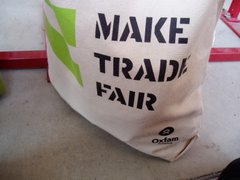
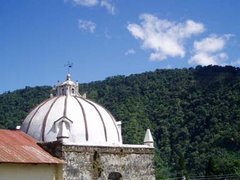
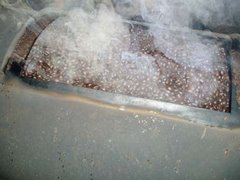
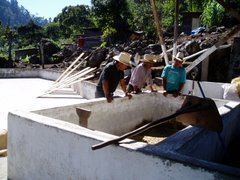
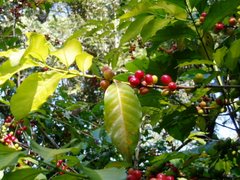
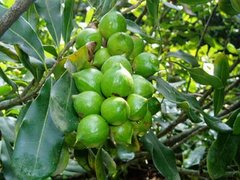
No comments:
Post a Comment